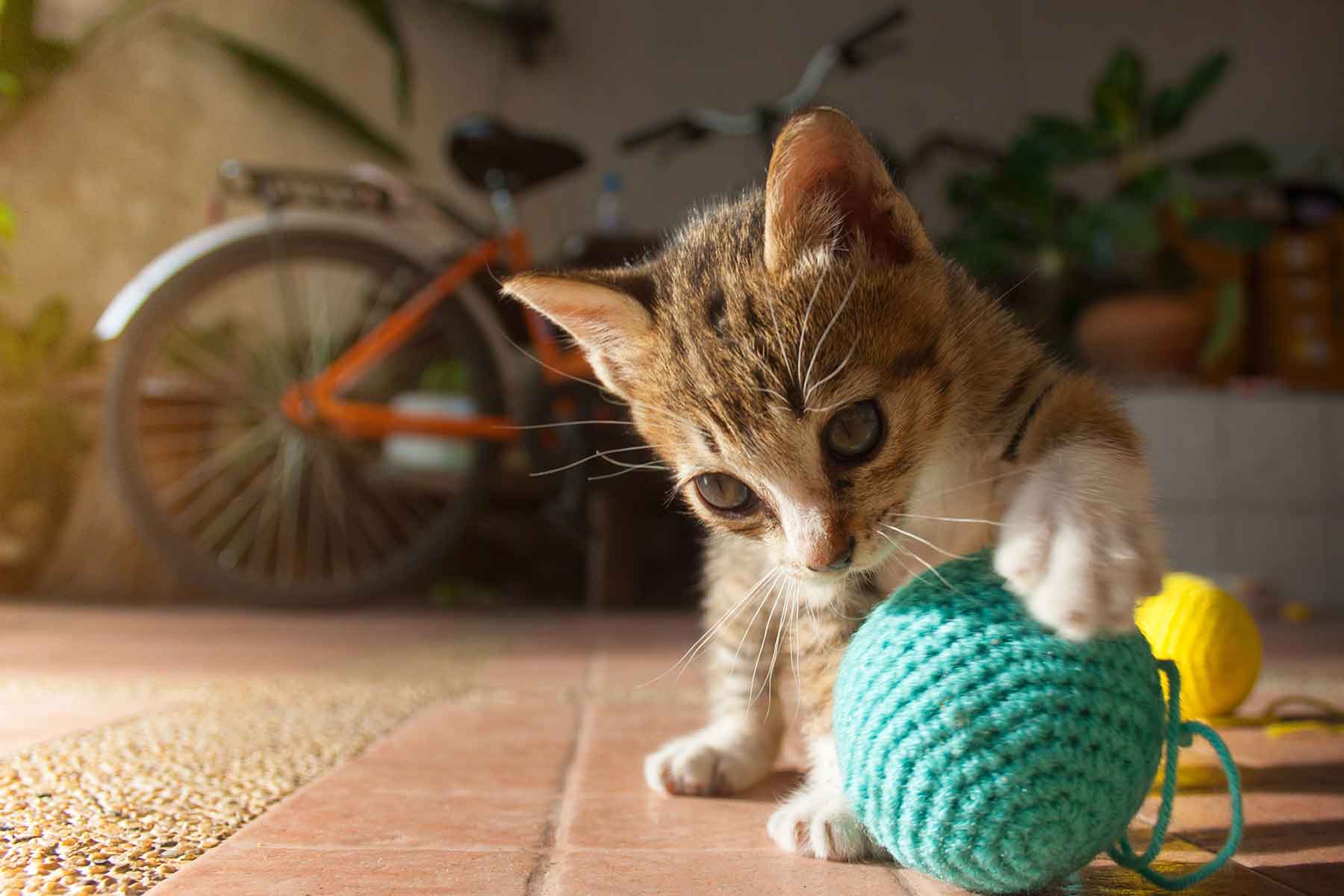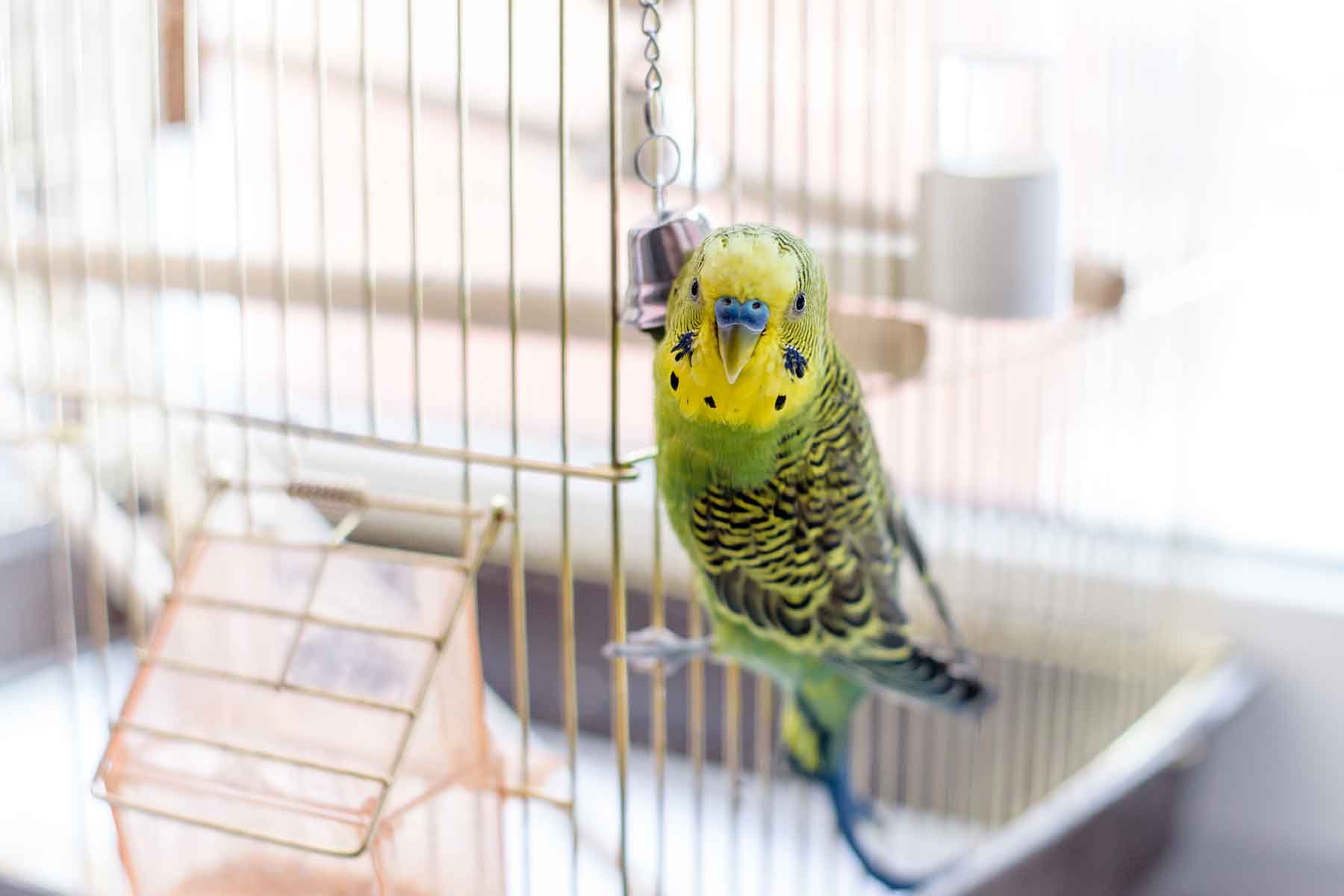An aural (ear) haematoma is a collection of blood similar to a large blood blister which results from a rupture of a blood vessel in the ear. The collection of blood usually occurs between the skin and cartilage on the inner side of the ear.
How does an aural haematoma occur?
A blood vessel rupture is usually caused by the cat itself. Normally from vigorous scratching of the ears or shaking of the head which is often due to an infestation with ear mite (Otodectes cynotis) or allergic dermatitis (atopy, food allergy). This sometimes occurs after a cat fight.
How do you know if your cat has an aural haematoma?
A lesion usually develops quite quickly and a swollen ear flap will soon be noticed. Your cat may show signs of discomfort caused by the heavy flap, by holding the ear outwards. He/she may even tilt their head to the affected side.
What does treatment involve?
There are two aspects to treatment, dealing with the haematoma itself and dealing with the underlying cause of the ear irritation. Firstly, surgery will be performed to remove the blood clot and the space left between the skin and cartilage using special sutures. This will prevent another haematoma forming. Secondly the cause of the ear irritation must be diagnosed and treated otherwise the problem may reoccur. The most common cause of ear irritation is an ear mite infestation. Other causes include:- ectoparasites, allergic diseases, masses, polyps or foreign bodies in the ear canal.
What happens if a cat does not have surgery?
If a haematoma is left untreated the blood in the ear flap will separate into serum and a clot and will gradually be absorbed over a period of 10 days to 6 weeks. This is an uncomfortable time for your cat and unfortunately some scarring will take place during this process. It also causes a deformity of the ear flap resulting in a “cauliflower ear” which may cause further problems.











